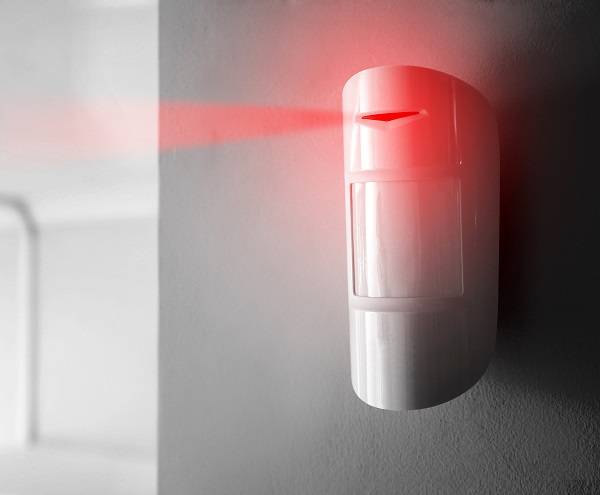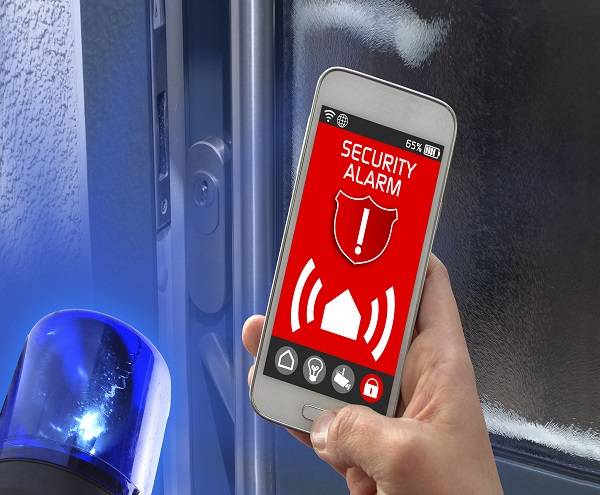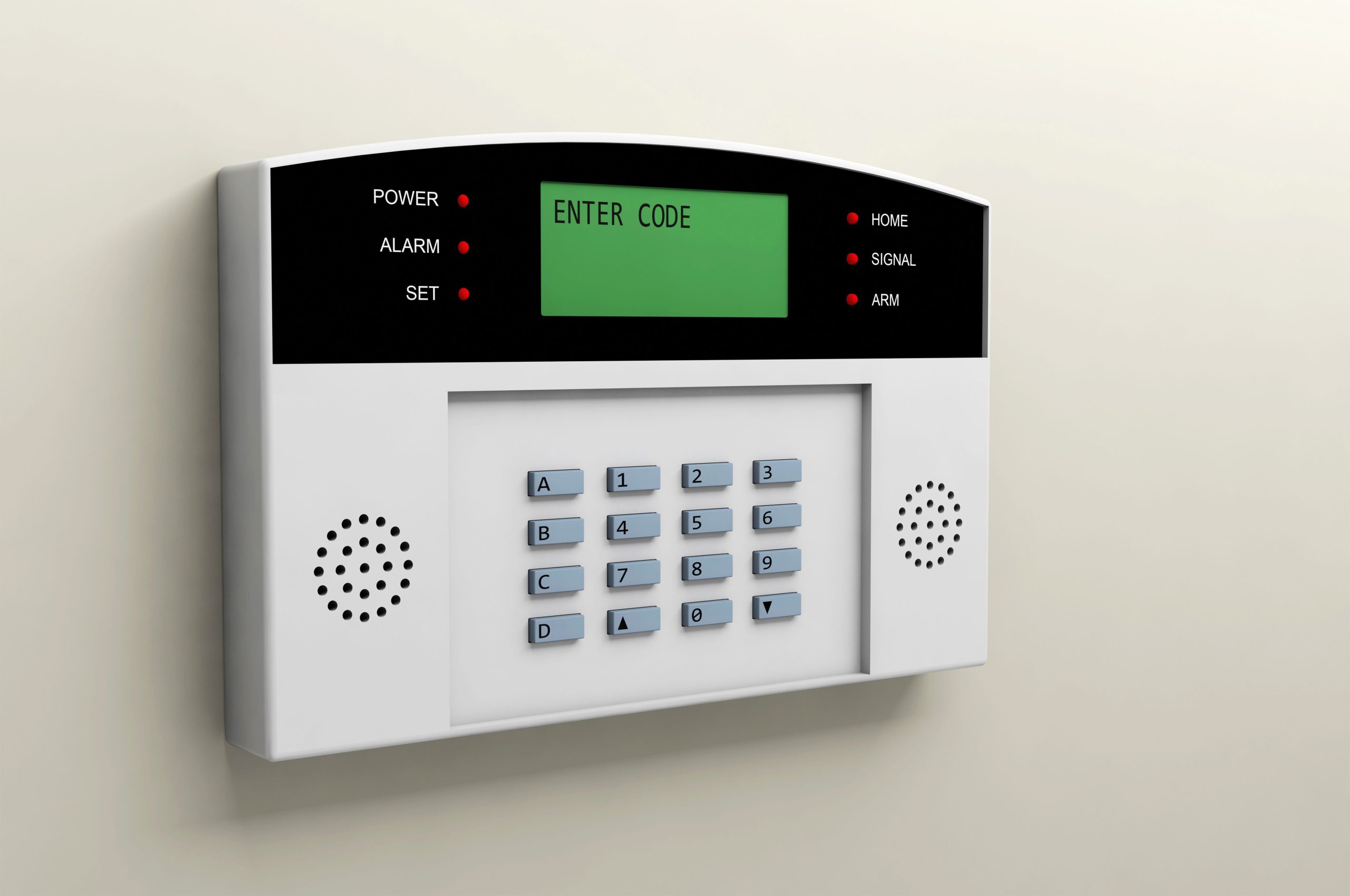
Intruder Alarm System Maintenance Guide for End Users
Introduction: Congratulations on your investment in an intruder alarm system! To ensure that your system operates effectively and provides reliable security, regular maintenance is essential. This guide is designed to help you, as an end user, understand the maintenance requirements and best practices for your intruder alarm system.
1. Routine Testing and Inspection
Regular testing and inspection of your intruder alarm system are crucial for its performance:
- Control Panel: Verify that the control panel is functioning correctly and displays no error messages.
- Sensors: Check all sensors, including door/window contacts, motion detectors, and glass break detectors, for proper operation.
- Keypad/Control Panel: Ensure that the keypad or control panel is responsive and functional.
- Siren or Alarm Sounder: Test the siren or alarm sounder to confirm it activates as expected.
- Backup Battery: If your system has a backup battery, ensure it is charged and operational.
2. Sensor Alignment
Proper sensor alignment is crucial for accurate detection:
- Motion Detectors: Ensure that objects within the sensor’s range do not obstruct its view.
- Door/Window Contacts: Verify that contacts align properly when doors or windows are closed.
3. Battery Maintenance
Batteries power various components of your intruder alarm system:
- Backup Battery: If your system has a backup battery, monitor its status and replace it when it no longer holds a charge.
- Wireless Sensor Batteries: For wireless sensors, replace batteries per manufacturer recommendations or when low-battery notifications occur.
4. False Alarm Reduction
Minimizing false alarms is essential to avoid unnecessary disruptions:
- Clean Sensors: Keep sensors clean from dust or debris to prevent false alarms triggered by environmental factors.
- Pets: Ensure that motion detectors are appropriately configured to account for the movement of pets.
5. User Code Management
Manage user access and codes effectively:
- User Codes: Regularly update and manage user access codes to control who can arm or disarm the system.
- Access Control: If integrated with an access control system, maintain access permissions and user data.


6. Remote Access
If your system allows for remote access:
- Mobile App or Web Interface: Ensure that remote access through the mobile app or web interface is working correctly.
7. Contact Information
Keep your alarm company’s contact information readily available:
- Emergency Contacts: Ensure that the alarm company has up-to-date emergency contact information for you or your designated contacts.
- Service Contact: Have the contact information for your alarm company or technician for support or maintenance needs.
8. Professional Maintenance
Consider scheduling periodic professional maintenance:
- Annual Service: Arrange for annual maintenance by a qualified technician to perform a comprehensive inspection and testing of the entire intruder alarm system.
- Repairs: Promptly address any identified issues or malfunctions with professional repairs.
Use our Quote Builder to estimate your maintenance costs
Help!
Do you have more questions? Get in touch
Need a quote for a new alarm system? Intruder Alarm Quote Builder
